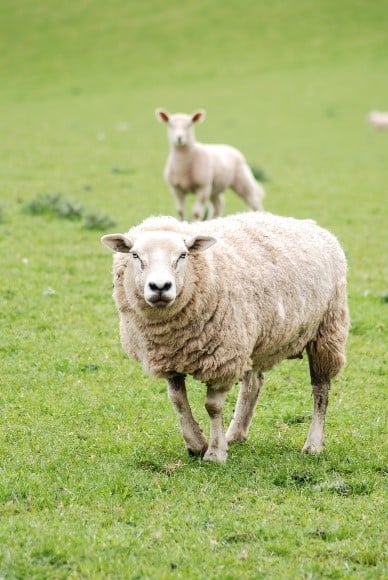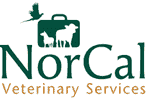CODD is an infectious cause of lameness in sheep that is becoming more and more common in the UK. It is caused by Treponemes, the same type of bacteria that cause digital dermatitis in cattle. Outbreaks, especially in naive flocks, can affect up to 50% of the flock and have a significant effect on lamb growth rates and ewe/ram fertility.
Signs – CODD starts as ulcers on the coronary band, where the hoof meets the skin, and then progresses under the hoof horn towards the toe. In severe cases, the whole hoof capsule may fall off. It causes severe lameness.
Treatment – CODD should be treated with a long acting antibiotic, pain relief and topical antibiotics. In the summer months it is also important to prevent maggots from getting into the wounds, as this will delay healing.
Prevention – the most important factor for flocks without CODD is not to buy it in – check the feet of stock you buy before you buy them! Additionally, quarantine all incoming stock for at least 4 weeks, and examine their feet for lesions before introducing them to your flock. Within a flock, isolating affected individuals can reduce the spread, as well as handling on clean ground or resting handling systems, and reducing poaching around feed troughs, mineral tubs and water troughs. Make sure you disinfect your hands and any equipment used after treating an affected sheep as the bacteria can get onto your hands and then infect the next sheep you handle.
CODD is pretty unpleasant and the best strategy is to keep it off your farm in the first place. For more advice on prevention or treatment of this disease get in touch with the practice.




